|
Patients often tell me that they didn't hadn't even know that a women's health specialty existed until they heard it on the grapevine! Women's health physios have had additional post graduate training. Many have worked in musculoskeletal before specialising in women's health so can take a holistic approach to your symptoms. We do so much more than just treat incontinence. We treat pelvic pain, back pain, hip pain, prolapse, diastasis, menopause related symptoms, constipation, urgency to name but a few!!!Patients often tell me that they didn't hadn't even know that a women's health specialty existed until they heard it on the grapevine! Women's health physios have had additional post graduate training. Many have worked in musculoskeletal before specialising in women's health so can take a holistic approach to your symptoms. We do so much more than just treat incontinence. We treat pelvic pain, back pain, hip pain, prolapse, diastasis, menopause related symptoms, constipation, urgency to name but a few!!! Personalised pelvic art available in our shopClick here to go to Pelvic Floor Poster Shop
1 Comment
We often assume if something hurts we should leave it alone. But that is not always the case, especially when it comes to scars.
Scars are often sensitive because the new regenerated nerves need a bit of re-education. Nerve endings are there to protect us and they do that by sending signals to the brain which then produce pain. Nerves in a scar can sometimes be a bit too enthusiastic and send too many pain signals to the brain. Pressure from clothing, rough fabrics or touch can all be interpreted as a potential threat and the nerves respond with pain. Of course, these types of touch are not dangerous and so we need to educate the nerves to not respond to such things. We can do this through massage and touch. The more we do this the more the nerves learn that these types of touch are normal.
The impact of a tight or hypertonic pelvic floor isn't limited to the pelvis area.
Whist a tight pelvic floor can cause symptoms such as incontinence, painful sex and pelvic pain, the effects can be more far reaching. The pelvic floor is the floor of your core; tightness here will impact other elements of the core system, such as the diaphragm. If the diaphragm becomes tense, this will impact on how optimally the chest expands and contracts with breathing. Our bodies are linked via a support system called fascia. This is connective tissue that runs throughout the body. Because fascia links diffrent areas of the body together, tension in one place can lead to tension in another. For this reason it is not uncommon to experience jaw tension alongside a tight pelvic floor. Pressure is our nemesis when it comes to pelvic floor issues such as prolapse and incontinence. The more pressure that is present, the harder our body has to work eg. during weightlifting. Breathing is an easy way to reduce pressure. If we exhale rather than hold our breath on exertion, there is less pressure being held "in the crisp packet" that has to be managed by the core muscles. If you have symptoms on a particular activity - such as running/HIIT or cross fit, see your local women's health physio. They will be able to modify your activity to better manage the pressure you are producing with that activity.I use this analogy all the time in clinic to help patients understand the importance of managing their pressure to help improve core/pelvic floor symptoms. Breath and Pelvic Floor PosterThe pelvic floor is not just one muscle, but many. To ensure you engage all of the muscles during a contraction you need to:
Ensure you're closing from back to front. Either visualise closing your back and front passage, or that your coccyx (sitting bone) and pubic bone are coming together. Once you've got the close - draw the contraction up. You may find it helpful to imagine you are lifting up a marble with your vagina!! The lift can be tricky if the pelvic floor is very weak but keep trying and it will get easier. It can be daunting returning to exercise after pregnancy and c-section. Your body may feel very different from when you exercised pre pregnancy; you may be nervous about returning to your old exercise routine - whether it's HIIT, running, swimming or something else entirely.
You may have no particular issues or symptoms after your c-section, but it's still a great idea to do a postnatal exercise programme after birth. Post natal programmes are gentle on the pelvic floor and focus on strengthening the core muscles in preparation for more intense exercise. If you have new pain issues post c-section, problems with your scar, incontinence, diastasis, or you just lack confidence in knowing whether your body is ready for your usual exercise choice, then I'd strongly recommend a check up with a women's health physio. If you are struggling to find one locally, please get in touch and I will try and help you find one. |
AuthorClaire is a women's health and sports Physiotherapist. She is the owner of Spring Physio and is based in East Sussex. Archives
April 2024
Categories
All
|
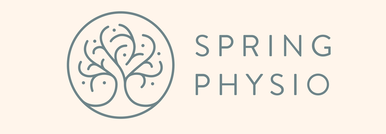
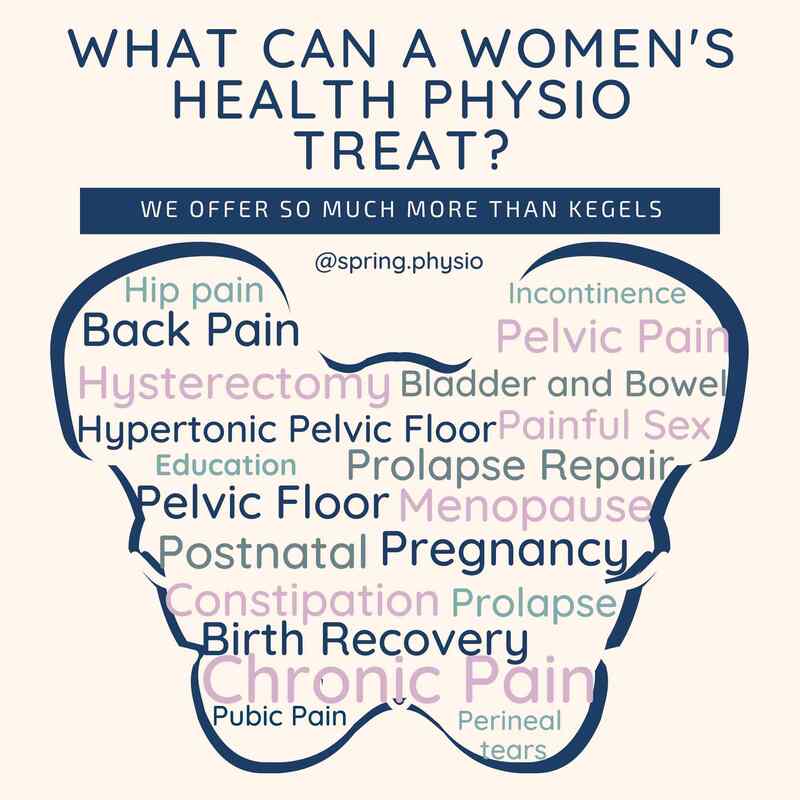


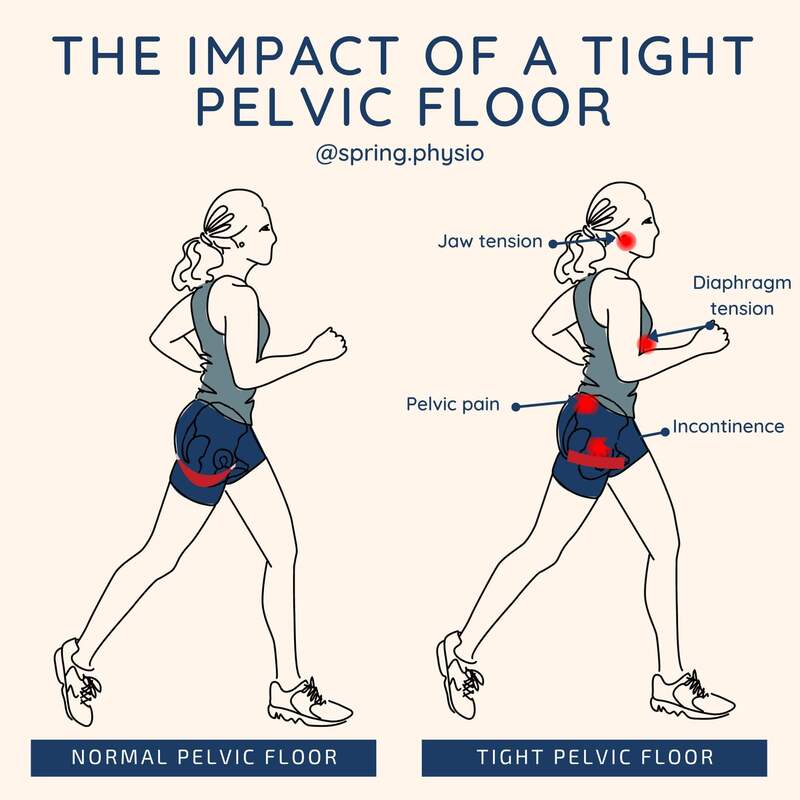
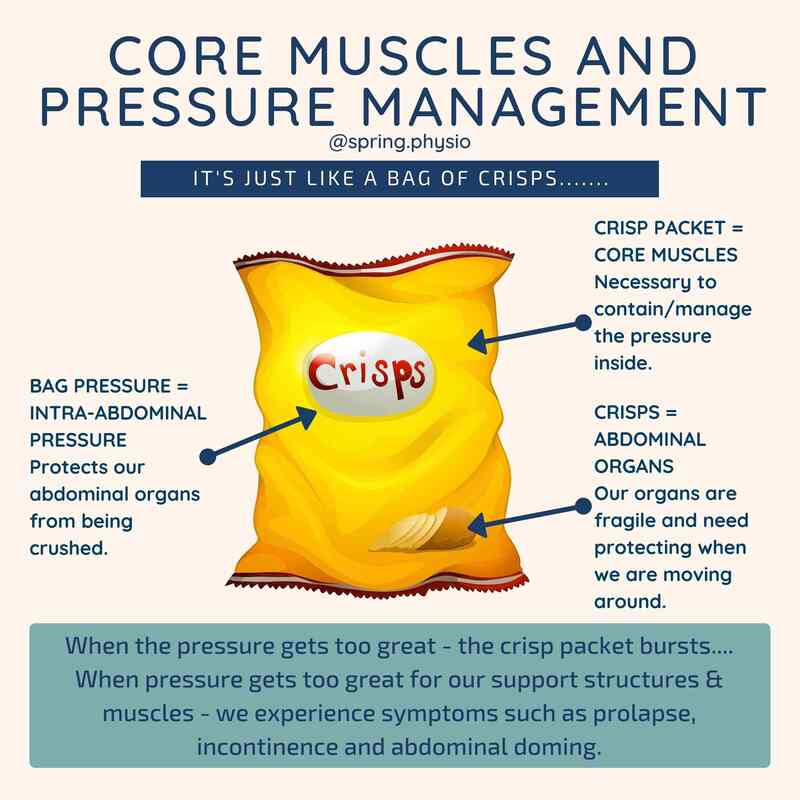
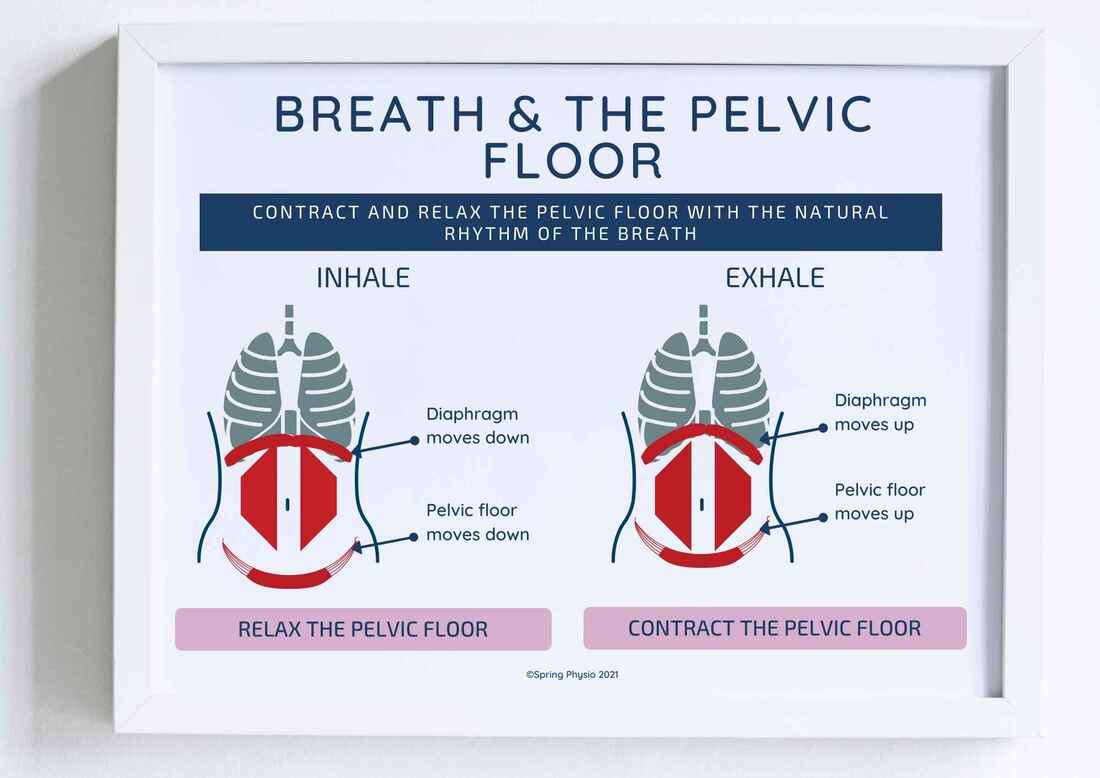
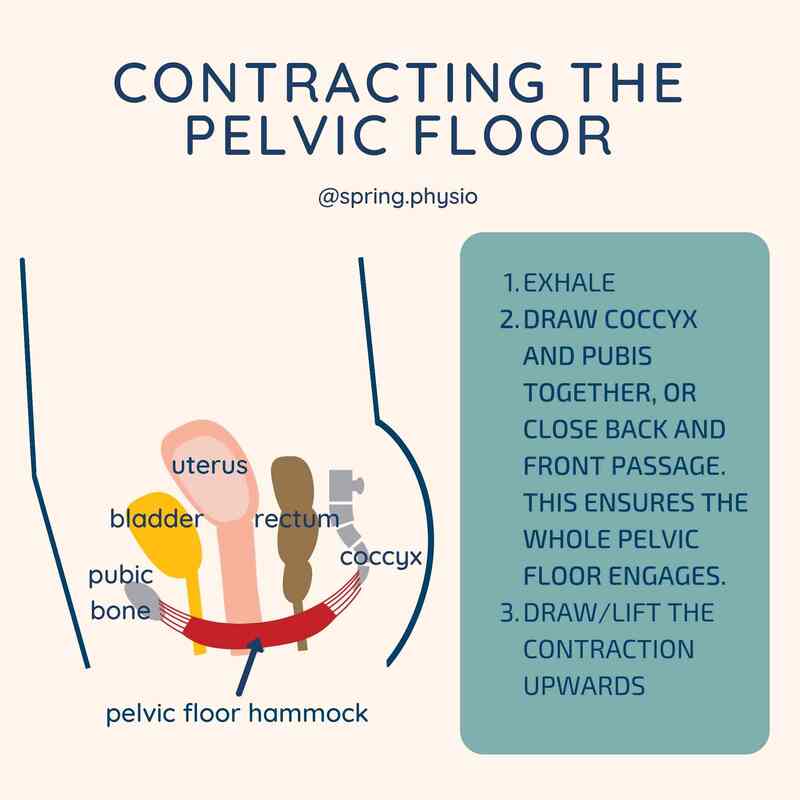

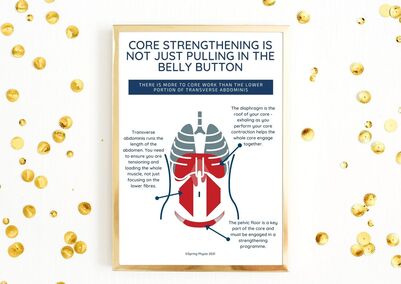
 RSS Feed
RSS Feed